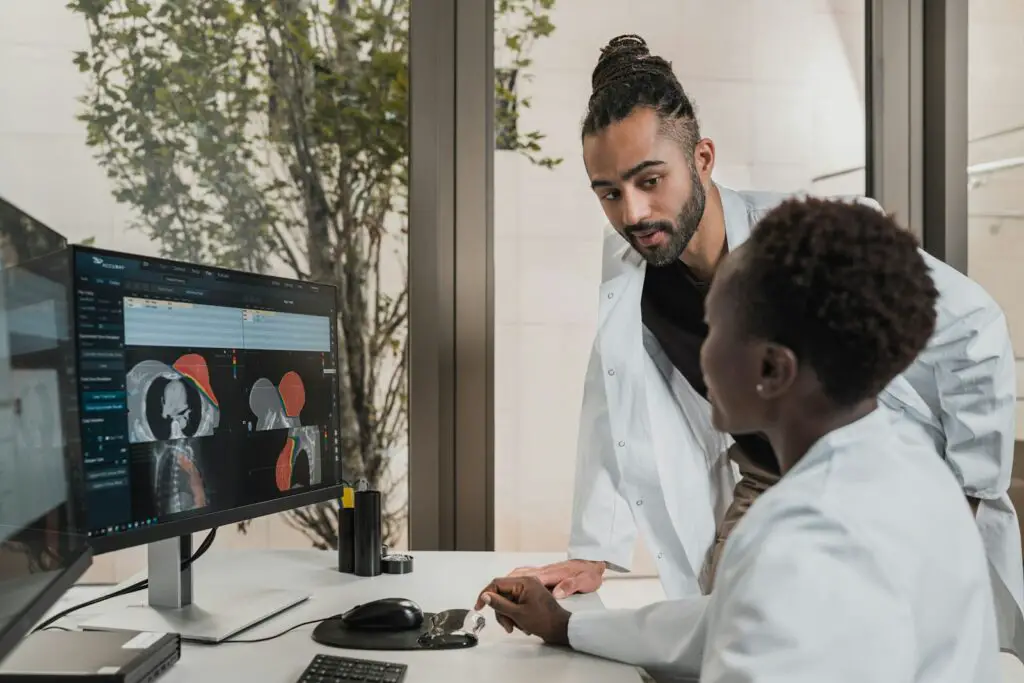In pursuing a personal injury claim, be it from a car accident or a workplace accident, one of the most crucial components is medical evidence. This type of evidence can ultimately make or break your case as it directly ties your injury to the accident in question and helps to establish causation and extent of injury. Understanding the various types of medical evidence and the role that it can play in a personal injury case is vital to securing a successful outcome with your Burien personal injury lawyer.
Types of Medical Evidence
Several different types of medical evidence may be used in a personal injury case. While they each offer different insights into your injury and accident, they all serve to strengthen your personal injury case. Here are some of the most common types of evidence typically used in personal injury cases:
- Visual Documentation: Visual evidence of your injuries can help prove the extent of your injuries. Photographs and videos can be used to demonstrate your visual injuries, such as bruises and lacerations, while X-rays and MRIs can be useful in showing internal injuries that may not be immediately visible.
- Medical Bills: Medical bills are great forms of evidence that can be used to establish the exact costs associated with the injury.
- Doctors’ Notes: Notes from your doctor describing details such as the severity of your injury, your recovery process, limited mobility, and prescribed treatments, are essential to demonstrate your medical professional’s assessment of your condition.
- Treatment Plans: Ongoing treatment plans such as physical and occupational therapy are crucial for documenting the continuous impact of your injury,
- Medications: Evidence of prescribed medications can demonstrate the severity of your injury, as well as any pain or complications involved in the process.

Proving Your Injury
Proving that you suffered a real and serious injury is the cornerstone of any personal injury claim. Fortunately, medical evidence can be used to prove it by providing objective, official, and professional documentation of your injuries. This medical evidence can be used to counter any claims made by the defendant or insurance company that the injuries you sustained were exaggerated or fabricated.
Establishing Causation
Another reason why medical evidence is so crucial to the success of a personal injury case is that it can be used to help establish causation. Furthermore, medical evidence can be used to help link the injury that resulted to the specific incident, such as a car or workplace accident. Establishing causation is a pivotal part of the process especially because defendants may try to argue that the injury was pre-existing or unrelated to the event that occurred.
Determining Damages
Finally, medical evidence plays a crucial role in determining the amount of compensation, known as damages, that an accident victim may be entitled to. The medical evidence can be used to help prove a few different types of damages including medical expenses, lost wages, pain and suffering, and future medical costs.
MindOwl Founder – My own struggles in life have led me to this path of understanding the human condition. I graduated with a bachelor’s degree in philosophy before completing a master’s degree in psychology at Regent’s University London. I then completed a postgraduate diploma in philosophical counselling before being trained in ACT (Acceptance and commitment therapy).
I’ve spent the last eight years studying the encounter of meditative practices with modern psychology.

